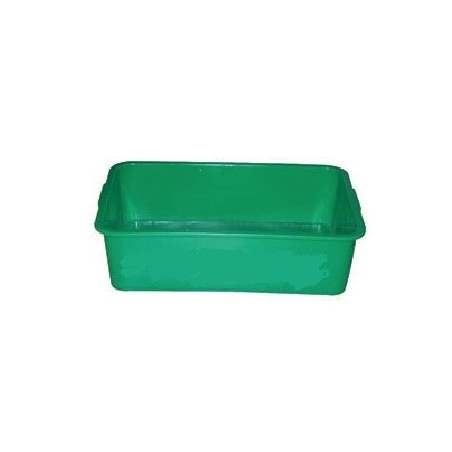After years of positive production development in the member states, the decline in European pig production has begun. In northern Europe, where production is concentrated, a sharp decline is expected. In the south, Spain will continue to grow for a few more years. Despite the presence of ASF in Eastern Europe, investments are emerging in Romania. The UK's exit from the EU also sets new benchmarks.
Pig production in the EU-28 reached a record level in 2020 with 24.2 million CWE (carcass weight equivalent), an increase of 1% compared to 2019. According to forecasts, this level should not be reached in the coming years. According to IFIP, the new post-Brexit EU-27 will experience a drop in production of around 3% in 2025 compared to 2020, equivalent to 138 million pigs slaughtered (22.5 million CWE). With heavier carcasses, the reduction in tons will be somewhat smaller. In 2025, European supply will be almost 750,000 CWE lower than in 2020.


Evolution of production in EU countries.
Spanish production reached almost 5 million tons in 2020, an increase of 41% over the last 10 years. Spain produces twice what it consumes; the rest is exported. Since 2019, Spain has been the main exporting country to third countries and is marked by its impetus of conquering markets internationally. The increase in the sow census and the increase in carcass weight lead to a growth of around 2.5% in 2021, making Spain the leading producer in the EU. By 2025, the number of slaughterings would exceed 60 million pigs, an increase of 9% compared to 2020.
The central and eastern EU countries are dealing with ASF and production has at best stabilized. Despite the presence of ASF in Romania, investments are being made in large production structures by Danish, Dutch, German, and French companies. The country has assets for pig production: cereal production potential, a population of more than 80 million inhabitants within a 1000 km radius, and available labor. After years of declines, a 25% increase in Romanian production by 2025 looks feasible.
According to IFIP estimates for 2025, Germany, the Netherlands, Denmark, and Belgium together will produce 11% less than in 2020. Animal welfare and environmental regulations, social pressure on farms and the pig industry, as well as the lack of generational succession, are causing a drop in production in these four countries. The sanitary crises due to COVID-19 and ASF are accelerating an already visible drop in production in 2021.
In the rest of the EU, production will slowly decline by 4% by 2025 relative to 2020. France will be close to this average. The lack of new generations continuing in production accentuates the decline. The decline in per capita consumption will continue, but will be offset by population growth in the EU.

Evolution of production and consumption in the EU.
Dependence on EU exports to third countries grows with Brexit. The United Kingdom, an importer with more than 800,000 tons in 2020, became a third country in January 2021. Uncertainties continue about maintaining flows to the UK but also to Asia, both in terms of product volume and value. The United Kingdom could turn to other suppliers, particularly on the other side of the Atlantic.
China, the EU's top export destination, is working to restore pork production.
Jan Peter van Ferneij, IFIP economist.





